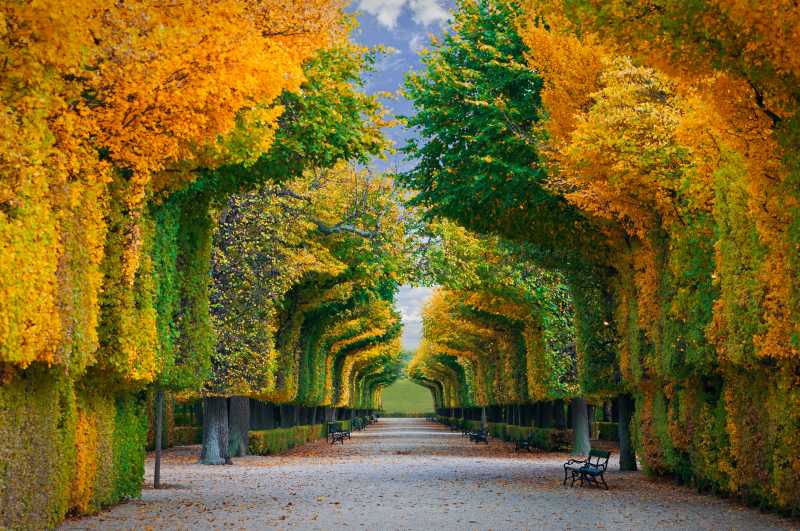Shilpa Raina looks into the new wave of literature from the land of Kama Sutra
 No more is the genre of erotica alien to Indian literature and no more are publishers afraid of the word “sex”. But what is new is the way writers are exploring women’s sexuality, without shying away from writing about closed bedroom romps and intimate love-making scenes – all this within the confines of contemporary social context that mirrors the sexual revolution India is going through.
No more is the genre of erotica alien to Indian literature and no more are publishers afraid of the word “sex”. But what is new is the way writers are exploring women’s sexuality, without shying away from writing about closed bedroom romps and intimate love-making scenes – all this within the confines of contemporary social context that mirrors the sexual revolution India is going through.
It wouldn’t be wrong to say that sex has finally come out of closet in India, and writers are celebrating this newly-found freedom to write on the subject that demands to be treated with immense maturity and careful aesthetics.
These writers too are drawing from the dynamic social fabric of Indian society that isn’t afraid of talking openly about sexual intimacy or lack of it in their lives.
“Who doesn’t masturbate or make love?” asked author Sreemoyee Piu Kundu whose novel “Sita’s Curse” traces the journey of sexual exploration of a middle class woman, Meera.
At the very beginning of the novel, in the prologue itself, Kundu introduces her beautiful but lonely protagonist with a masturbating scene. Unapologetic, she lucidly describes the scene that doesn’t conform to stereotypical projection of women as meek and submissive in bed. Credit must go to Kundu for choosing her Meera as someone who is assertive and aware of her body and, most importantly, needs.
Kundu has no qualms in admitting that these seldom-discussed topics offer fodder to craft a “realistic and hard-hitting” Indian erotica.
“It’s about time we shed these prudish pre-conditioned layers and talk and deal with sexual explicitness in our books and films with a certain degree of refinement and maturity,” Kundu told IANS.
For many, the defining moment for “erotica” came in India in 2011 with British author E.L.James’ “50 Shades of Grey” in which lust rode over the storyline, and in many ways its worldwide success resurrected the genre of erotica.
This defining moment encouraged publishers and writers to take this niche and tricky genre seriously.
Hence the tide paved the way to modern erotica anthologies like “Electric Feathers: The Tranquebar Collection of Erotic Love Stories” and the “The Zubaan Anthology of Women’s Erotica”.
Initially, it still was a struggle to convince writers to write erotica.
Ruchir Joshi, editor of “Electric Feathers”, had once said that many writers had “outright rejected” the idea to contribute to the erotica anthology, dismissing it as “porn writing”. But there is a subtle difference that divides porn from erotica.
“What is erotica for me can be porn for someone else,” Kapish Mehra, managing director, Rupa Publications, told IANS.
“It is the lucidity, style and how much the narration is laced within sexual space that broadly qualifies to be called an erotica. So it is a broad space which is subjective to be perceived differently by different readers,” he said.
It is this idea of subjectivity that has inspired author Madhuri Banerjee to write about four housewives who live in a Mumbai society in her upcoming book “Scandalous Housewives”.
Banerjee dissects personal lives of these four friends and creates situations within which they “cross social boundaries”. But, in no way, as a writer she is conjuring up situations. What she has presented are realities of urban-cities that can easily be labelled as “scandalous” – especially when it comes to society viewing such women.
“The housewives in my novel dare to do things that ordinary housewives don’t,” Banerjee said.
“These housewives are giving in to their desires unlike regular housewives who have boundaries and who fantasise about doing things but never give in to them,” added Banerjee who made her debut with “Losing My Virginity And Other Dumb Ideas”. But it would be unfair to portray India, the land of Kama Sutra, as a stranger to sexual writings.
In the past, Sanskrit writer Kalidasa has written elaborately on sexuality, and so have prominent Urdu women writers like Rashid Jahan, Ismat Chughtai and Wajeda Tabsssum.
The tone of their language wasn’t as explicit, nor were there descriptive sexual scenes. But, as author and writer Rakhshanda Jalil pointed out, “there were stories about lesbian love and of a woman who uses her sexuality as a weapon to take revenge”.
Urdu men writers, in fact, used “fake” women voices to speak about a woman’s body and her needs.
“In Urdu writings there has been the tradition of ‘rekhti’ in which men speak as women,” said Jalil.
These disguised voices don’t need to be there any more, as Indian writers are exploring different shades of erotica.